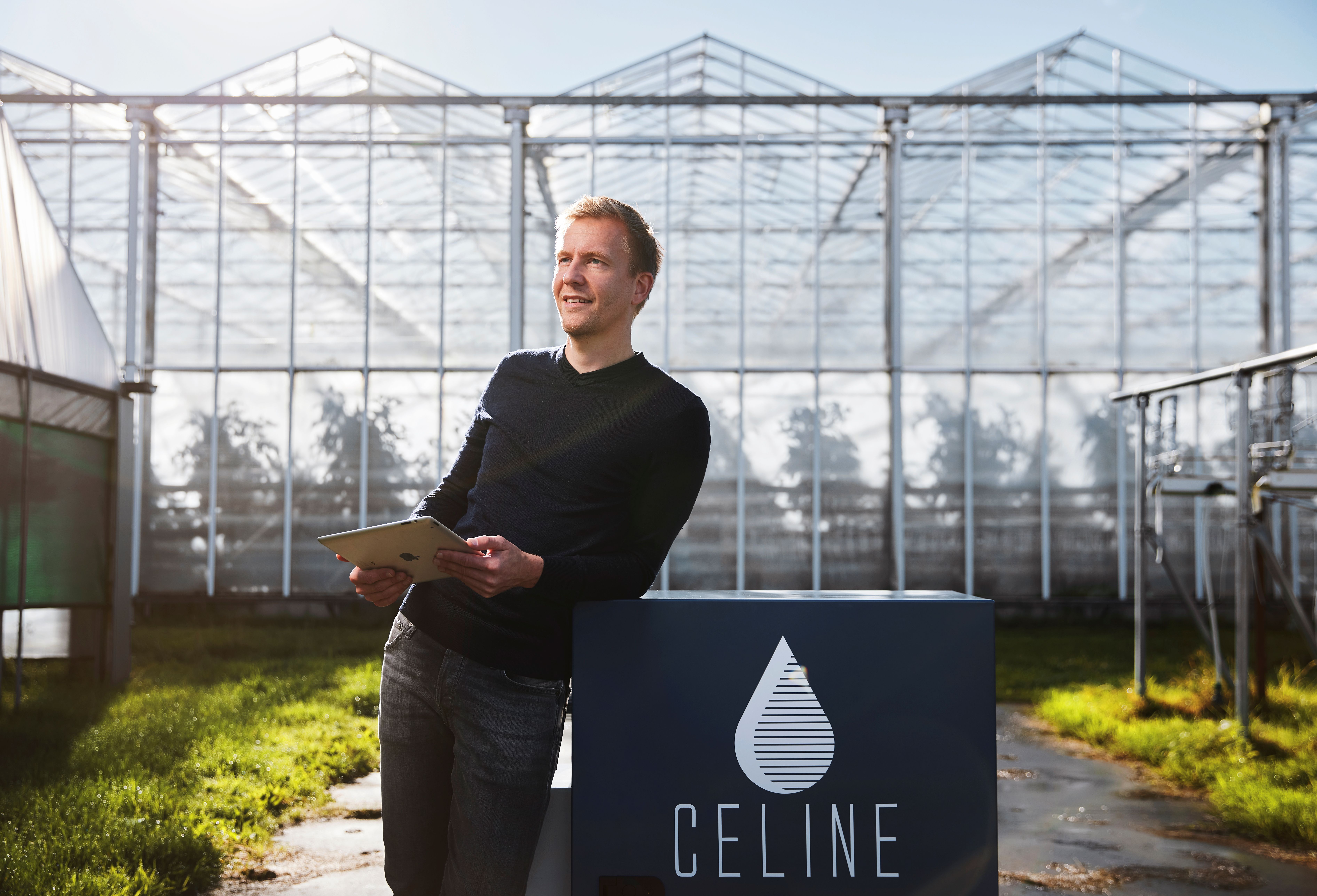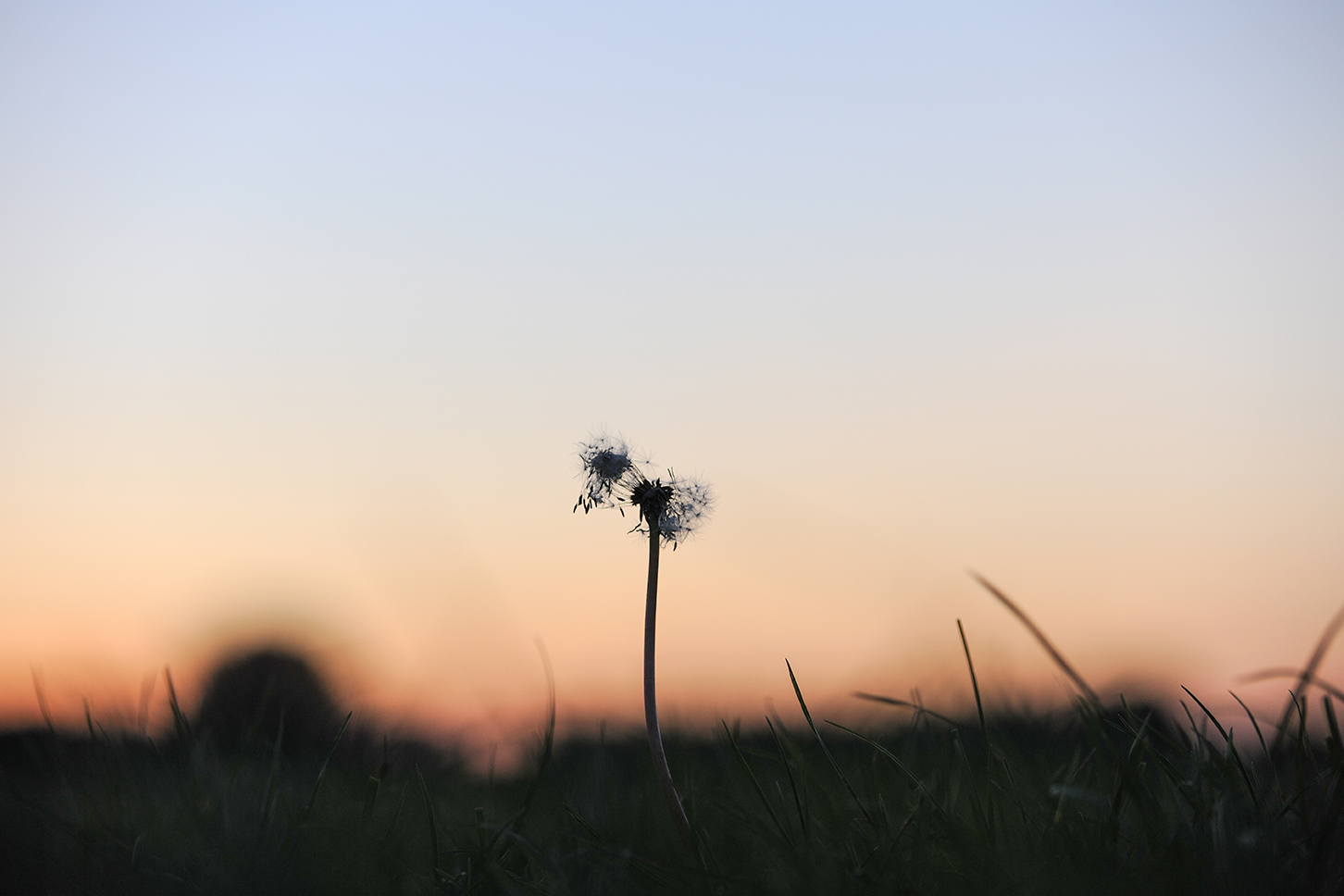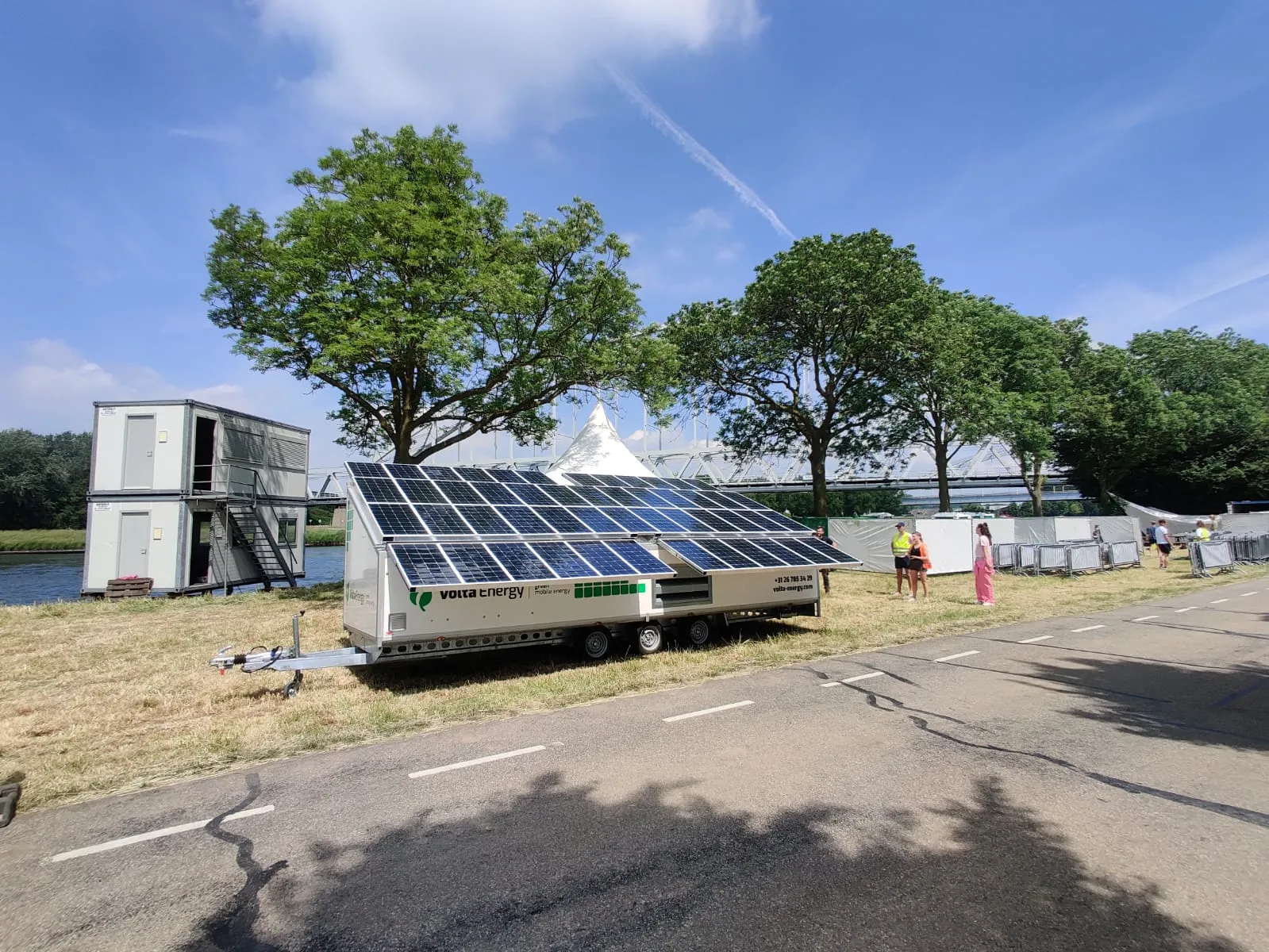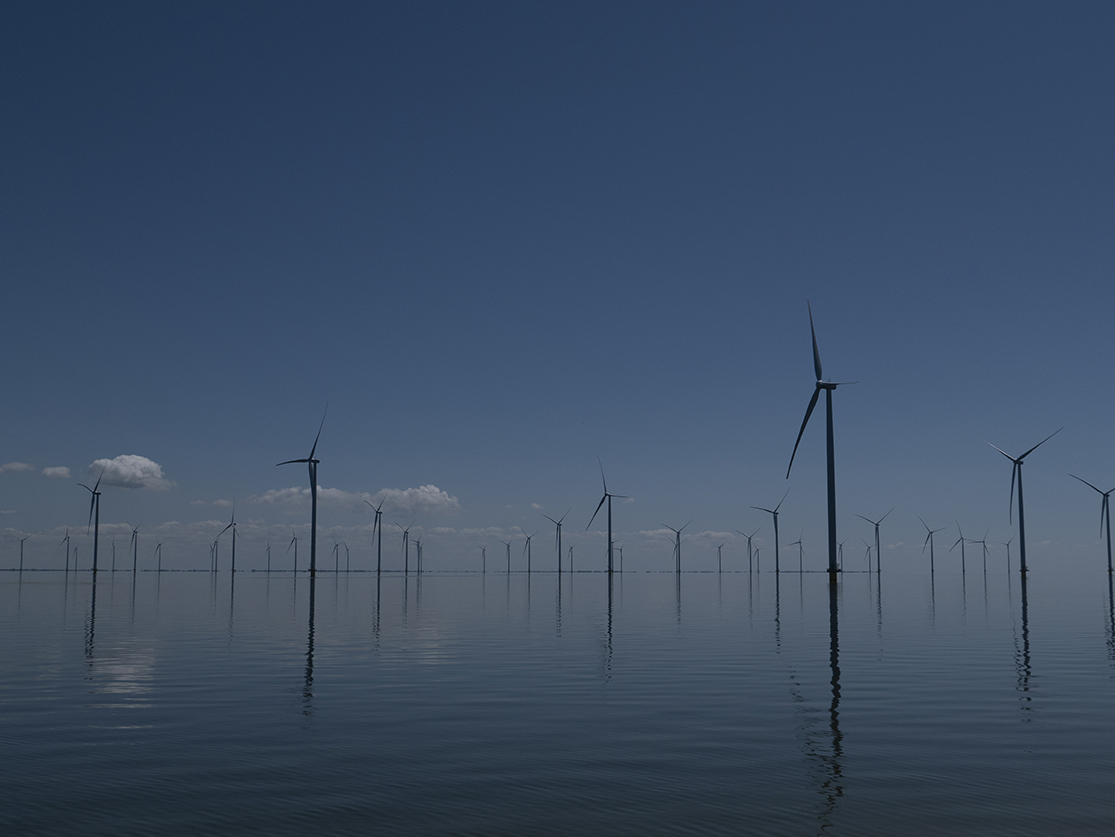‘That's quite burdensome, but it is the current working method in horticulture.’
‘Look, I'm not allowed in there, but over there in the production area, someone is assembling the cabinets that will house our hardware,’ says Wilco Dijkstra, pointing from behind a window in the CE-Line laboratory. As founder, he now has insight into the process, something that was lacking earlier in his career. "I'm a chemist by training, and I used to work a lot in my white coat in laboratories from an analytical perspective. But I always wondered: what happens to the data that leaves? Later, I ended up on the other side: in consulting, advising on water quality, particularly for hospitals and healthcare institutions. There, I was waiting for the data from the laboratories to come in."
Those two worlds need to be brought together, Wilco thought. That's how the idea for CE-Line came about, a technique they affectionately call Celine, which increases output by 5% in an average agricultural greenhouse.
"The technique we use is called Capillary Electrophoresis (CE), and we use it in-line. Hence CE-Line. Our main goal as a start-up is to add the techniques used in a laboratory directly to the process on site. So for the horticultural sector, which we are currently focusing on specifically, this means that when you take water samples in a greenhouse, they are not first sent to a lab for analysis, but we measure them in real time."

Suppose it is minus four degrees in the Netherlands on Monday. Rijkswaterstaat measures this and plans to deploy gritting trucks for the entire week. By Friday, it is already ten degrees above zero, but the salt routes are still being driven. That is quite cumbersome, yet this is the current working method in horticulture. Wilco: "Currently, standard growers send a sample to the lab once every two weeks, and it takes another two or three days before they receive their results. For larger companies, this process is slightly faster; they usually send a sample once a week and receive the results the next day.
But this still means that their water management is based on one measurement per week. Whereas a plant absorbs water differently on a sunny Monday than on a rainy Tuesday. You would want to switch and adjust the nutrients in the water to the weather forecast. And we want to automate that process on site. No longer one measurement per week, but real-time control based on ten or twenty measurements per day.
5% more quality food
With the global population growing and the projected food shortage, more food needs to be produced. ‘An average greenhouse is five to ten hectares,’ explains Wilco. "If you give the plants exactly the water they need all year round, you can increase output by five percent. That means kilos more tomatoes or cucumbers. If you do that in all greenhouses around the world, with some forty to forty-five thousand hectares of horticulture, we won't solve the future food shortage, but we will certainly contribute."
Bringing the lab to the process can be done in more places
Although making an impact in all greenhouses around the world is quite ambitious, CE-Line's mission does not stop there. ‘Bringing the laboratory to the processes can, of course, be done in more places. Because if you look at it very abstractly, we measure nutrients. So charged particles in water. Now for horticulture, but that could also become a heavy metal measurement for drinking water.’













